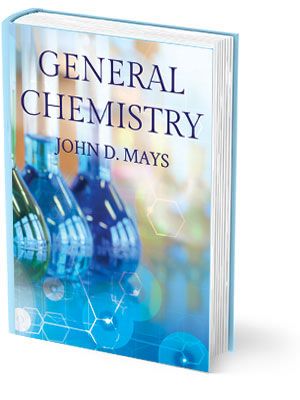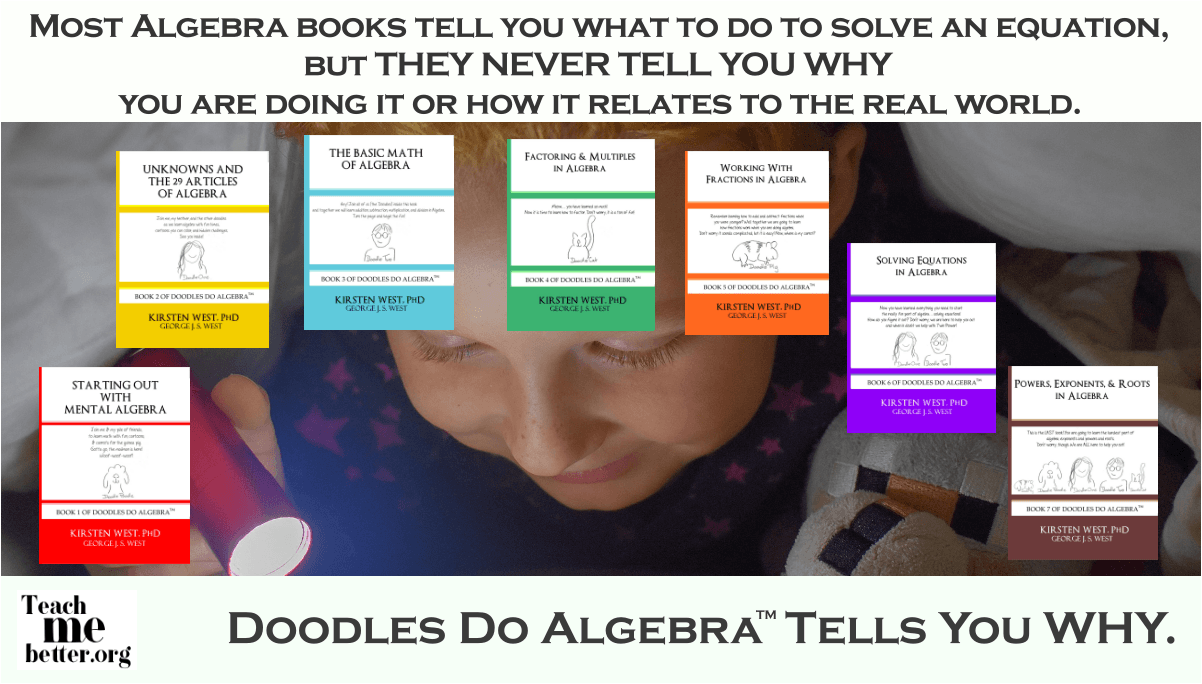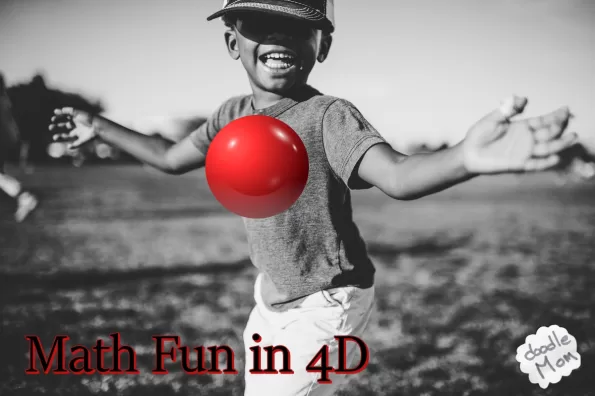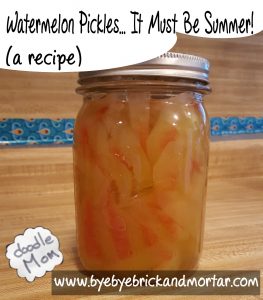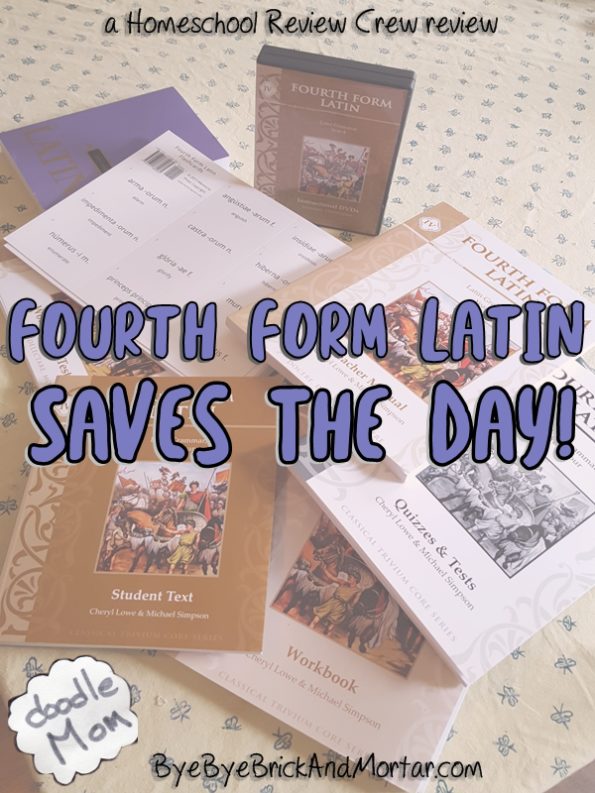General Chemistry from Novare Science & Math – A Review
 I was very excited to have the opportunity to review General Chemistry from Novare Science & Math , as I was searching for a high school chemistry curriculum for my kids.
I was very excited to have the opportunity to review General Chemistry from Novare Science & Math , as I was searching for a high school chemistry curriculum for my kids.
A few weeks ago, I was looking at my Memoria Press catalog as part of planning next year’s science curriculum since they carry top quality materials (see my review of Memoria Press’ Nature’s Beautiful Order). To my surprise, I discovered that Memoria Press recommends the Novare Science & Math General Chemistry curriculum.
Will It Enhance Your Homeschool?
Lessons That Your Child Can Do Independently, with a Christian Worldview
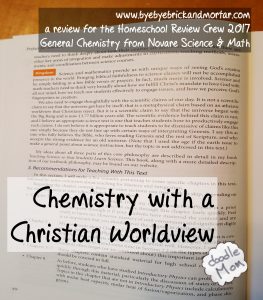 The lessons are a wonderful addition to any homeschool, especially if chemistry is not your cup of tea. The text will guide your child through the process of understanding chemistry so thoroughly that you can probably even learn along side your child, if you are up for the challenge!
The lessons are a wonderful addition to any homeschool, especially if chemistry is not your cup of tea. The text will guide your child through the process of understanding chemistry so thoroughly that you can probably even learn along side your child, if you are up for the challenge!
It may be important to many parents to know that this curriculum has a Kingdom focus, that is the lessons are written based on a Christian worldview. For me, it was refreshing to read through a science text that was focused on empirical science that did not try to answer the ‘why’ of science but instead centered on understanding and explaining the “how”.
Even though I have a lot of college level coursework in chemistry, I gained a deeper and more fundamental understanding of the material by working through the lessons alongside my twins. I really can say that these lessons are fantastic!
Lessons That Relate To Real-World Examples
General Chemistry is a subject that can be daunting. Children are taught bits and pieces of chemistry throughout many elementary and middle school curricula that end up making General Chemistry confusing. The Novare Science & Math text addresses this by relating each concept to a real-world experience your child will have had.
There are ‘Hmm… Interesting” sections in the chapters that specifically relate the general concepts to real things you see around you, like why water forms beads on some surfaces but not on others, or how barometers work. The text is also filled with real-world examples and applications that are varied and exciting and keep your child interested and engaged.
Lessons Designed with Mastery in Mind
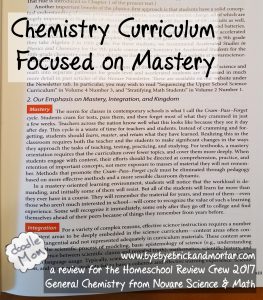 The author, John D. Mays, has a philosophy of mastery (total comprehension) and an ability to explain detailed concepts in an understandable way to anyone. His writing reminds me a lot of the best of both Linus Pauling and Richard Feynman. Linus Pauling wrote a chemistry text that is the standard chemists, but is really a bit dry and theoretical for high schoolers. And Richard Feynman was the Cal Tech physicist famous for his lecture series and books that made hard core physics understandable to everyone.This chemistry curriculum from John D. Mays is comprehensive and understandable at the same time: the perfect combination!
The author, John D. Mays, has a philosophy of mastery (total comprehension) and an ability to explain detailed concepts in an understandable way to anyone. His writing reminds me a lot of the best of both Linus Pauling and Richard Feynman. Linus Pauling wrote a chemistry text that is the standard chemists, but is really a bit dry and theoretical for high schoolers. And Richard Feynman was the Cal Tech physicist famous for his lecture series and books that made hard core physics understandable to everyone.This chemistry curriculum from John D. Mays is comprehensive and understandable at the same time: the perfect combination!
A consequence of the mastery approach is that the text is not bulked up with ‘filler’. Your child won’t be memorizing random facts and reviewing material over and over as you progress through the course. Instead he will be challenged to focus on and fully understand one aspect of chemistry at a time, progressing through the course in a logical and comprehensive fashion. (Can you tell how much we loved this product?)
What Comes With This Product?
This curriculum includes a text as well as a resource CD that includes Chapter Quizzes, Exams, Answer Keys, and a useful document that provides recommendations for teaching chemistry.
The General Chemistry Curriculum We Reviewed consists of
• General Chemistry Resource CD
Chemistry Subjects Covered
- What is Chemistry All About
- Measurements (Science and Measurements, Converting Units of Measure, Accuracy and Precision, and Other Important Math Skills)
- Atoms and Substances (Atoms and Molecules, Types of Substances, Isotopes and Atomic Masses, Density and Quantity of Substances)
- Atomic Structure (Atomic Spectra, The Bohr Model of the Atom, The Quantum Model of the Atom, Electron Configurations, Empirical Formulas)
- The Periodic Law (The Periodic Table of Elements, Periodic Table Nomenclature, Periodic Physical Properties, Periodic Chemical Properties, A Few Notes about Hydrogen)
- Chemical Bonding (Preliminaries, Ionic Bonding, Covalent Bonding, Electronegativity, Polarity, and Bond Character)
- Molecular Theory and Metallic Bonding (Molecular Structure, Metallic Bonding, Intermolecular Forces)
- Chemical Reactions and Stoichiometry (Introduction to Chemical Equations, General Types of Chemical Reactions, Stoichiometry)
- Kinetic Theory and States of Matter (Temperature, Kinetic-Molecular Theory, and Pressure, States of Matter)
- The Gas Laws (Early Formulations of the Gas Laws, The Ideal Gas Law, The Law of Partial Pressures, Stoichiometry of Gases and Effusion)
- Solution Chemistry (Dissolution, Solubility, Quantifying Solution Concentration, Compounds in Aqueous Solution, Colligative Properties of Solutions)
- Acids and Bases (Properties and Nomenclature of Acids and Bases, Acid-Base Theories, Aqueous Solutions and pH)
- Redox Chemistry (Oxidation and Reduction, Redox Reaction Equations, Electrochemistry)
Hmm… Interesting Sections
These are little side-trips through real-world applications of the concepts your child is learning. They are a great way to reinforce the mastery of an idea and at the same time relate chemistry to the world around us.
Exams, Quizzes, and Problem Sets
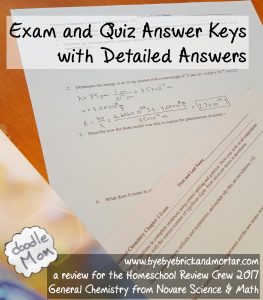 The Exams and Quizzes are included in the Resource CD. They are well thought out and my kids found them to be easy once they understood the material. The exams and quizzes include a point-based grading framework making it easy for you to set up a clear grading methodology. There are also answer keys for exams and quizzes but answers are only provided for the questions that require mathematical problem solving. These are written out by hand with extra notes so that you can understand where your child went wrong if need be. To get the answers to the written answer portion of the quizzes and exams, you will have to look back through the lesson text (so either way you get to brush up on your chemistry!).
The Exams and Quizzes are included in the Resource CD. They are well thought out and my kids found them to be easy once they understood the material. The exams and quizzes include a point-based grading framework making it easy for you to set up a clear grading methodology. There are also answer keys for exams and quizzes but answers are only provided for the questions that require mathematical problem solving. These are written out by hand with extra notes so that you can understand where your child went wrong if need be. To get the answers to the written answer portion of the quizzes and exams, you will have to look back through the lesson text (so either way you get to brush up on your chemistry!).
English Composition Credit
If you have your child work all the problems in the text, then he will get a lot of practice writing. Often in a problem set, there is a question that prompts your child to think about the chemistry he is learning and to write an essay evaluating the concept.
If you pair this curriculum with the suggested Chemistry Experiments for High School at Home and The Student Lab Report Handbook, there are also a full set of full lab reports that your child will write.
This a wonderful way to add English credits to your high-schooler’s transcript, especially if he is interested in a career in the sciences or engineering.
Suggested Use
Novare Science & Math does not include a homeschool pacing guide since the lessons are meant to be mastered, but does include sample schedule for schools (see a possible homeschool schedule I worked out in the section below). Thus, the author assumes that when your child progresses on to a new section, the previous material is completely learned. This is something to be aware of if your children need continual repetition in order to retain information. My kids are both well-suited to the methodology of mastery. Repetition aggravates them to no end, so this is the perfect curriculum for us.
Possible Schedule For Homeschooling
If you use the sample schedule, then it will take 154 lessons to complete the curriculum and your child will take 25 quizzes, 12 chapter tests, and complete 14 labs and write 14 lab reports. At that pace and assuming a 36 week/180 school day year, most homeschoolers will likely do one lesson a day, with one or two extra days to write each lab report.
Resources for Chemistry Lab (Experiments)
- Science Lab Resource from Novare Science & Math called Chemistry Experiments for High School at Home
- The Student Lab Report Handbook that provides a framework for your child’s chemistry lab reports.
Time Required To Teach This
Preparation Time: 30 minutes each week (read material, make notes of some of the vocabulary) I have a chemistry and math background, so I did not need to prepare at all ahead of time, but I still learned a lot.
Teaching Time: 0-60 minutes per lesson (The time here depends on whether you have your child work completely independently, or if you read and work together through the material)
Student Exercises, Labs, Lab Reports: 30-60 minutes per lesson (This curriculum is designed for your child to work independently)
Note: The Labs and Lab Reports were not technically within the scope of our product review, but pretty much essential to a high school chemistry class. Luckily, Novare Science & Math has a resource for teaching chemistry labs at home which I am likely to pick up for us to use in our homeschool)
Grading: 20-30 minutes per lesson (a good bit of the exercises involves writing and some essays are included as part of the exercises as well, which makes the grading longer but you could also use this curriculum to add English Composition Credits as well)
How We Liked It & How We Used It
This is a fantastic curriculum that is rigorous, and easily adaptable to a homeschool environment!
I decided to read the text aloud to my children and discuss as we went. Then the kids took the text to work independently on the exercises for each section. That way I could ensure they were understanding the concepts completely.
We began with the introduction and all was fine until we got to the discussion of orbitals. That was when I realized that somehow my kids had picked up a simplified view of chemistry during their younger years. My daughter kept saying, “Yes, I understand but where are the electrons that are orbiting like the moon goes around the earth?” She thought that there really must be two sets of electrons in any atom: the ones she learned about as a young child, and those that we were just discussing which exist probabilistically somewhere in a region of low energy around the nucleus of an atom.
Once she understood that they are two ways of thinking about electrons, her interest in the subject blossomed. She now understands the fundamental problem with investigating chemistry: you cannot just put the material under a microscope and look at protons and neutrons and electrons. You have to use a lot of logic to deduce what is going on from various experimental results. It made chemistry absolutely wonderful for both my kids.
Now every time we sit down to “do school” both my kids ask for us to read and learn more General Chemistry as their first choice, even if I hadn’t planned to use it on a particular day.
This is just one example of the benefits my children are getting from General Chemisty by Novare Science & Math.
Additional Related Resources
- Novare Science & Math has a forum that allows you to ask questions and compare ideas with other teachers (this is not specifically only for homeschooling families).
- Novare Science & Math Chemistry Supplement that is a booklet summarizing the physics concepts your child will need in order to complete the General Chemistry course.
- Tips & Tools Resource Page with scheduling templates and sample answers to the written exercises and exam questions.
- Written Resource Page that includes Errata and articles on the methodology and philosophy of Novare Science & Math
- Audio Resources that include discussions by John Mays:
- Making Elbow Room for Faith in the science classroom
- Slaying the Cram-Pass-Forget Dragon
- Science and Faith
- What Makes Math Different?
- Is Chemistry Classical?
- Teaching Science
- Better Physics Experiments
- Mastering the Tools of Scientific Learning
- Video Resources that include a discussion of the Mastery Integration Kingdom idea pioneered and developed by John Mays and Novare Science & Math, as well as videos of some of the physics labs.
Overview Of General Chemistry from Novare Science & Math
General Features
- Easy to Adapt To Your Homeschool
- Adapts to Teach Multiple Children (Multiple Ages)
- Works with Gifted Children
Works with these Age Ranges
- High School (9-12)
Good For These Educational Styles
- Classical
- Charlotte Mason
- Eclectic
- Traditional (like public school)
Subjects Covered
- Language Arts (essays and lab reports)
- Math
- Science
For Kids Who Like
- Reading
- Writing
- Discussion
- Independent Work
Additional Novare Science & Math Products Reviewed by the Homeschool Review Crew This Week:
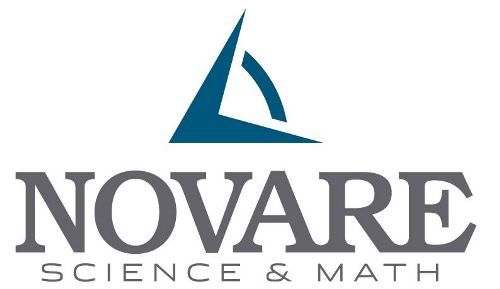
Products from Novare Science & Math
- Earth Science: God’s World, Our Home
- Introductory Physics
- General Chemistry
- Science for Every Teacher



